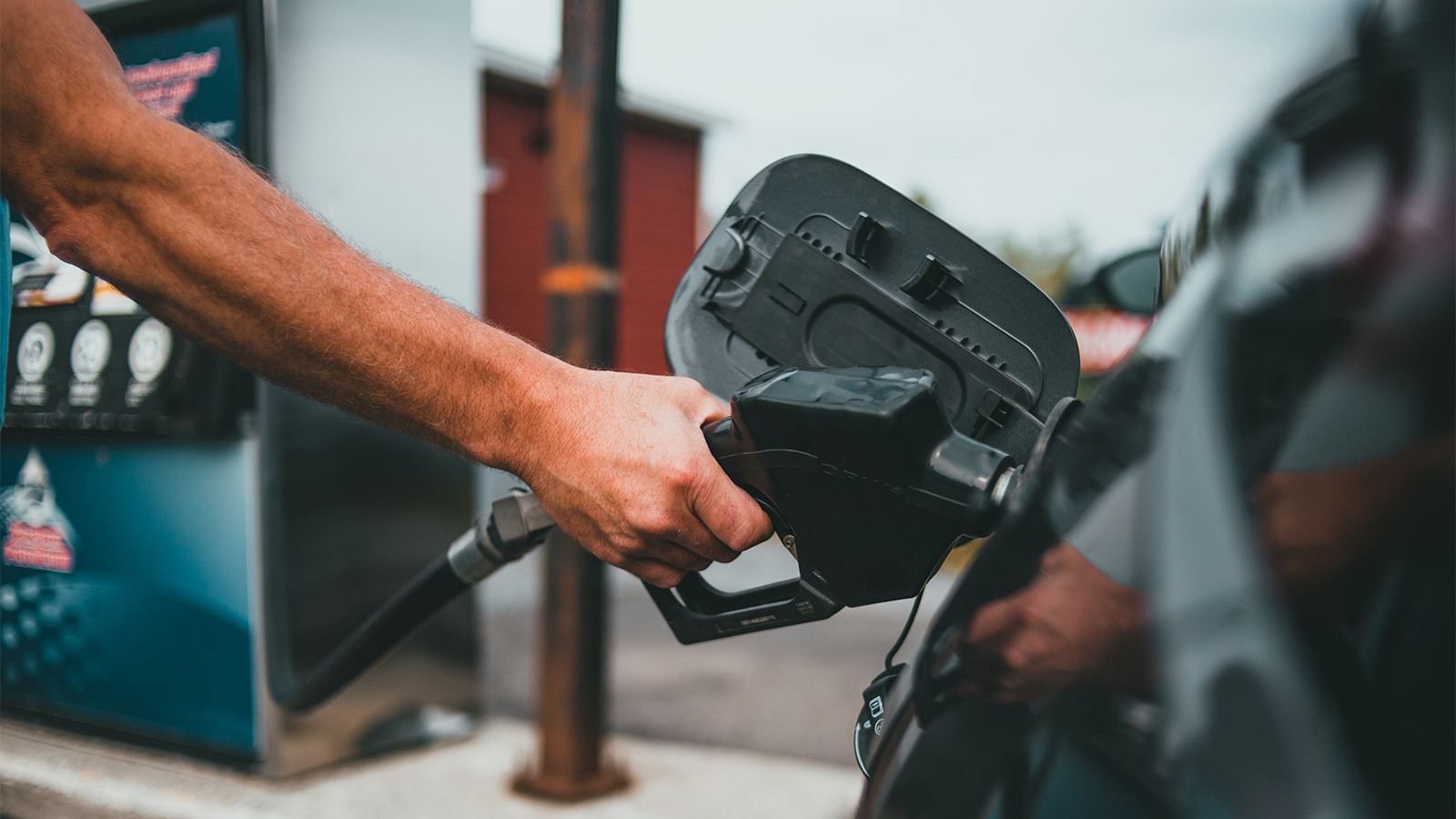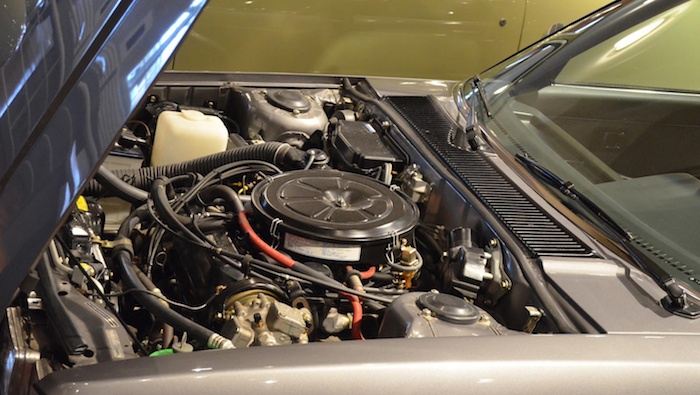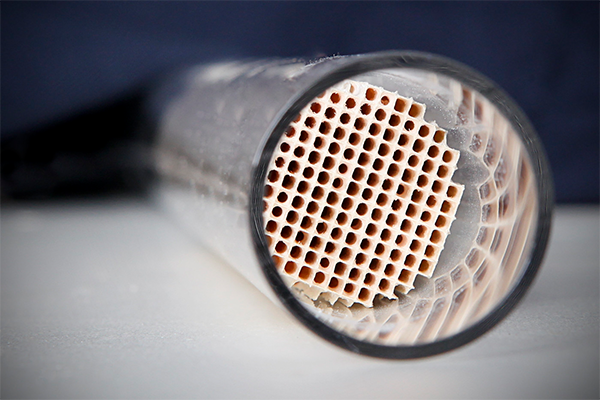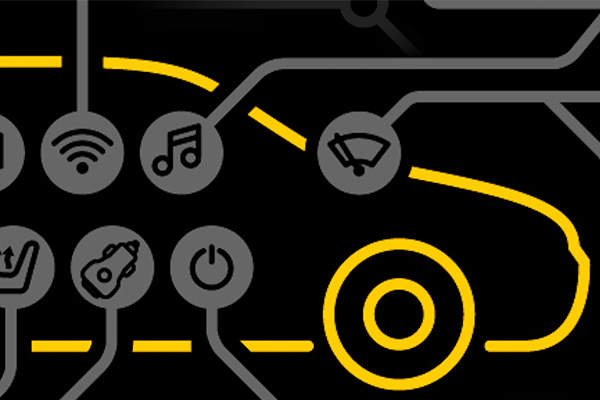Fuel injection has been standard on new vehicles since the '80s, when the carburetor finally went the way of the dinosaur. Fuel injection means lower maintenance than carburetors, better fuel economy, better emissions, and more precise fuel metering thanks to the powertrain control module (PCM).
There are two main systems for fuel injection: multi-point fuel injection (MPFI) and gasoline direct injection (GDI). What's the difference?

ACDelco Sequential Multi-Port Fuel Injector. Source | Advance Auto Parts
MPFI vs GDI
In a multi-point fuel injection system, each cylinder is fed fuel by an injector that's mounted in the intake manifold, slightly upstream of the the intake valve. MPFI engines can be sequential (with each pulse of fuel timed by the PCM), batched (with fuel feed traveling to the cylinders in groups) or continuous.
GDI, on the other hand, injects fuel directly into the combustion chamber with a needle valve-type injector. High-pressure fuel travels along a common fuel rail to an accumulator, and a relief valve maintains pressure through the system and returns any excess fuel back into the fuel tank again.
Solenoids control the opening and closing of each injector. While GDI allows for more precise fuel metering, it's also more complex and expensive, with injectors and other components exposed to more heat and stress. Still, along with innovations like supercharging, turbocharging and variable valve timing, GDI can help a small-displacement engine build power like a much bigger engine.

ACDelco Direct Fuel Injector. Source | Advance Auto Parts
History of GDI
Gasoline direct injection actually goes back to the dawn of the internal combustion engine. Aircraft engines from Germany and the United States both used GDI in WWI and WWII, and the Mercedes 300SL was the first production sports car to use it in 1955. Chevrolet offered a fuel-injected 283 V8 in 1957, although the mechanical injection system was trouble-prone.
In the '70s, AMC and Ford both experimented with GDI systems for their engines. AMC's system used mechanical controls to respond to load and airflow through the engine's head, while the Ford setup used electronics to govern fuel delivery. The Ford GDI system was problematic since the processors and sensors for the electronics were still emerging technology and engineers were having trouble getting the engines to comply with emissions standards.
By the '90s and 2000s, GDI systems were quickly becoming the norm for both domestic vehicles and imports.
Potential Problems with GDI
Ideally, whether fuel delivery is managed by GDI, multi-point injection or a carburetor, the goal should be atomized fuel — a mist of fuel and air intertwined. GDI systems have three basic modes:
- Ultra lean burn or stratified charge, which is when the engine is at cruising speed or decelerating. During ultra lean burn, the fuel enters the cylinder in the latter stages of the compression stroke and combustion happens in a cavity on the piston crown, keeping the flame front away from the cylinder walls.
- Stoichiometric mode, with a homogeneous mixture of fuel/air injected during the intake stroke for an optimized burn and low emissions that are cleaned up further by the catalytic converter.
- Full power, which comes into play during hard acceleration or hill climbing and involves a richer fuel mixture.
The head design of some GDI engines, with fuel sprayed directly into the cylinder rather than traveling through an intake manifold plenum, has led to carbon buildup on valves and a hot-running condition on many engines. In some cases, the carbon buildup and poor breathing has come to a point where the intake valve is red-hot and the valve head actually separates and falls into the cylinder, quickly wrecking the piston. The carbon can also break off in chunks and burn, causing pinging and pre-ignition.
Some GDI systems also tend toward poor fuel/air atomization due to problems with the piston crown design and swirl pattern during the intake stroke. In these instances, the fuel can mix with the oil on the cylinder walls and ignite oil from the flame front, causing wear and excessive fuel consumption. Others have crankcase ventilation problems that can result in oil droplets making their way into the combustion chambers.
Motor Oil and GDI Engines
Manufacturers now require specific grades and viscosities of synthetic oil for new engines (often fairly thin viscosity), and they require them for specific reasons. Engineers design these engines to use these types of oil, so it's very important to stay with manufacturer's specs for both grade of oil and oil change intervals. This will help head off problems like carbon build-up or sludge.
Modern engines are designed to use synthetic oil (often at a fairly low viscosity for reduced friction and greater efficiency) for better protection. These types of oils are stable at high and low temperatures, meaning they won't break down like conventional oils will.
Synthetic oil might be more expensive per quart, but that extra expense is more than offset by the fact you won't be changing oil as often. Not only is the right motor oil and oil change interval vital for your engine's health, any departure from that will void your warranty.

CRC GDI Intake Valve Cleaner. Source | Advance Auto Parts
Cleaning GDI
We know that carbon buildup in GDI engines can be a problem, due to the fact that gasoline isn't coming in contact with the valves and washing away deposits. Short of an engine teardown, the best way to prevent carbon deposits in these engines is by using a specialized fuel additive.
CRC's GDI IVD Intake Valve Cleaner, for instance, contains detergents and solvents that break up carbon as well as any varnish-type deposits on the injectors themselves. Other great GDI products are available from SeaFoam, Lucas and Berryman— just use a bottle before your oil change is coming up.








